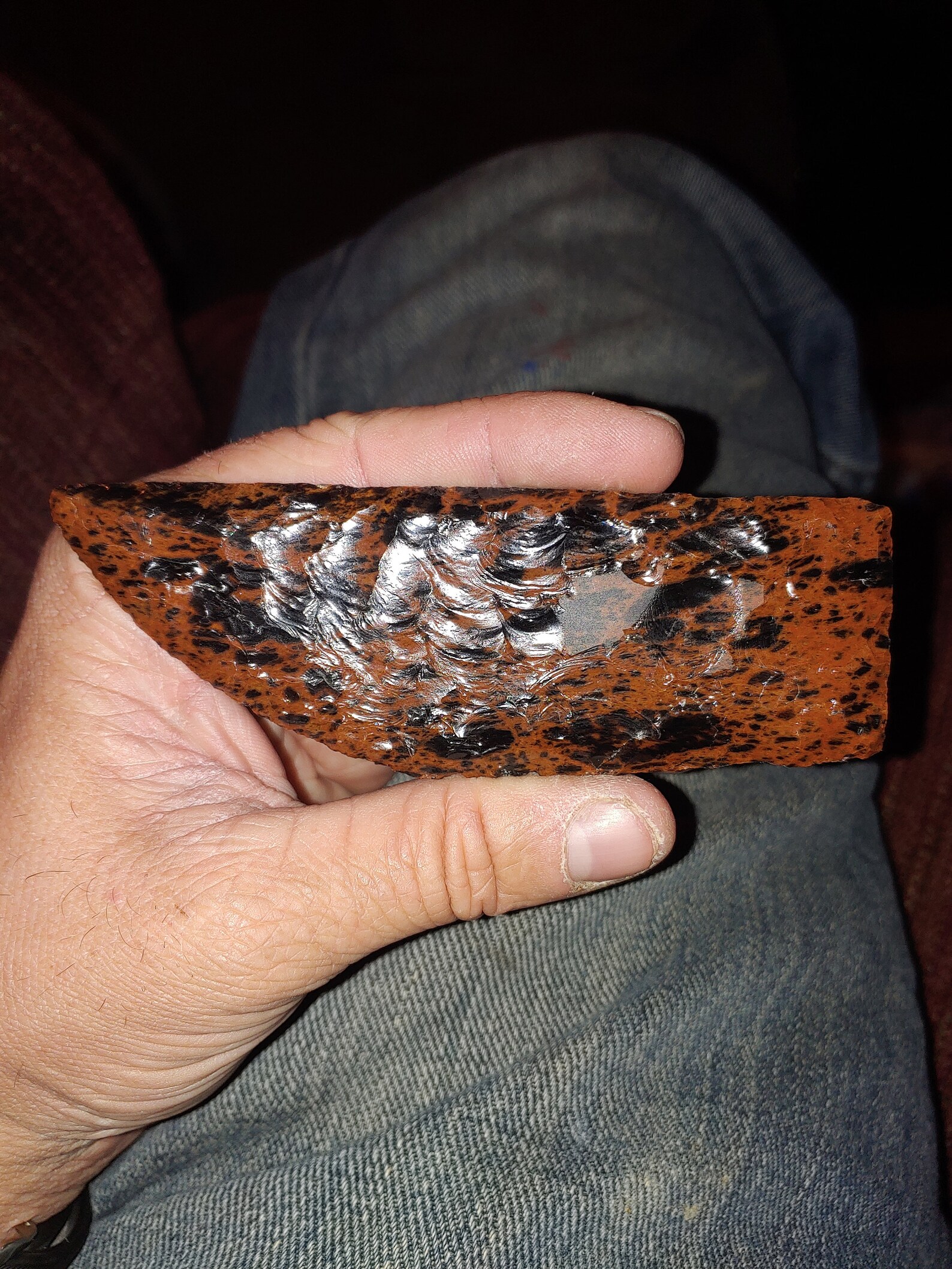

These blades are actually MORE durable AND SHARPER than a diamond blade. The concoidal cleavage means a smooth cutting surface, and the amorphous, but bonded structure, means that you can get down to a molecule thick. If you take some obsidian and knap off two sides, you can get the two sides to be around 33 degrees or even less depending on how fast the glass cooled and what minerals it is made up of. This actually works to a glass knifes advantage. It does however have conchoidal cleavage, though its comparatively weak. Glasses being amorphous, do not have any cleavage so easy to shatter along. The repulsion of each carbon atom to each next will keep you from getting a stable edge. The two sides of the blade will always want to be 90 degrees from each other, but you may be able to grind it down to around 45. If the atoms are jolted just slightly out of place, the atomic repulsion will do the rest and your diamond will cleave.)Ģ. It's easier to break in two than a piece of glass the same size. This means that the edge will be flat because a large number of layers will just slog off of the cutting edge.(if you have a big diamond in your/your spouse's ring, you will want to be careful not to knock it on anything hard.

Check out the geology related cleavage article if you want to know more) in all 3 dimensions. They have distinct 90 degree cleavage (look it up if you think breasts.

When talking about the sharpness measured in atomic widths, you have to look at the molecular structure.ĭiamonds are cubic.


 0 kommentar(er)
0 kommentar(er)
